So after my discovery I could make CHEESE, I became invulnerable. “How many milks can you take home?” the nutrition teacher would beg, holding a crate packed full.
“Oh, I can take as many as you have left,” I would say carelessly.
“She makes cheese, you know,” the teacher sitting next to me would input, in the only slightly-bitter tone that I’ve come to learn is her version to not completely disapproving.
“Really? Then take twelve!” and my bag would be filled to bursting.
Though I could use it, and as 6 cartons makes only a handful of cheese, I couldn’t nearly eat that much by myself. So I flavored it with sage and black pepper and lemon and put it into little containers with lids, made a heart-mark of sage on top (a technique borrowed from bento makers). Then I’d give it to the teachers who expressed any sort of interest, or even talked to me in a friendly manner. Since it was a lot of work with my little pot, I could maybe make one a day, at most four after a weekend. I made the mistake of making one for my fellow ALT.
“Now that you’ve made me cheese,” she said a few days later, “Make me bread next!”
Bread?! I’ve only made bread using a bread maker in the States – I certainly can’t manage it from scratch on my own. And yet, I started to wonder.
So after figuring out what “yeast” is in Japanese, I tried it. My first dough rose beautifully, but the real challenge was yet to come. In a proper loaf pan it turned out to be too tall for my toaster oven. Even with foil over it started to burn right through, so I had to punch it down again. That turned out a little heavy and strangely shaped. In a low pie tin a flatter loaf turned out better.
One’s handmade cheese on top of one’s handmade bread is like consuming a work of art that has taken years to complete. Only more tasty.
On a trip to a supermarket on the other side of town, I found an incredibly long carrot that, disappointingly, tasted more like the bitter carrots of home than the sweet Japanese carrots (which, though thick as my wrist, always taste like they came fresh from your own garden.)
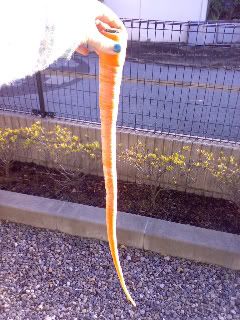
And then I encountered something from a sci-fi novel:
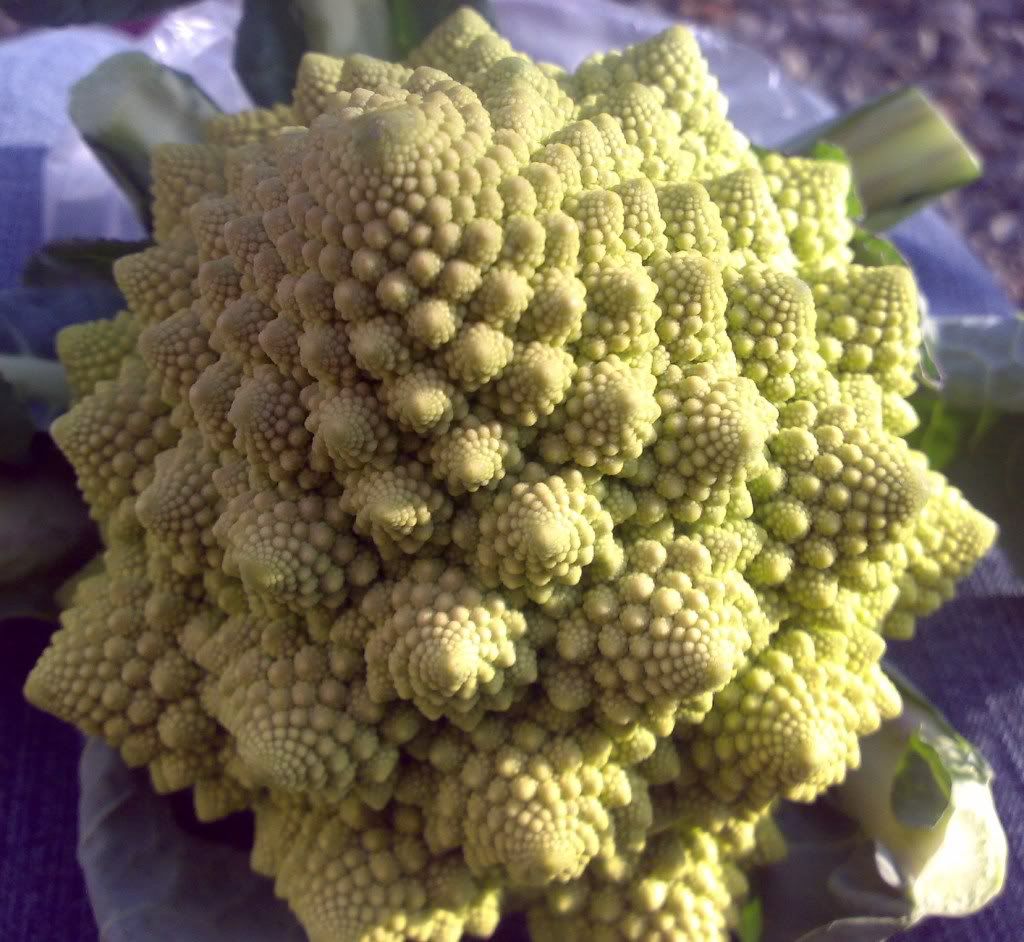
An alien cauliflower? The sign said it was “karikkori.” When I looked it up at home it is also apparently called “Yarigaikun” which means, "Mister Worth Trying.”
And oh, it is! I steamed it in my rice cooker, and had a salt shaker on hand if it needed some seasoning. But honestly, it didn’t need a thing added, it was so naturally delicious. Soft like cauliflower but the bumps give it a more interesting texture than that namby pamby veggie. Flavor like brussell sprouts but with no bitterness.
I, for one, welcome our new vegetable overlord.
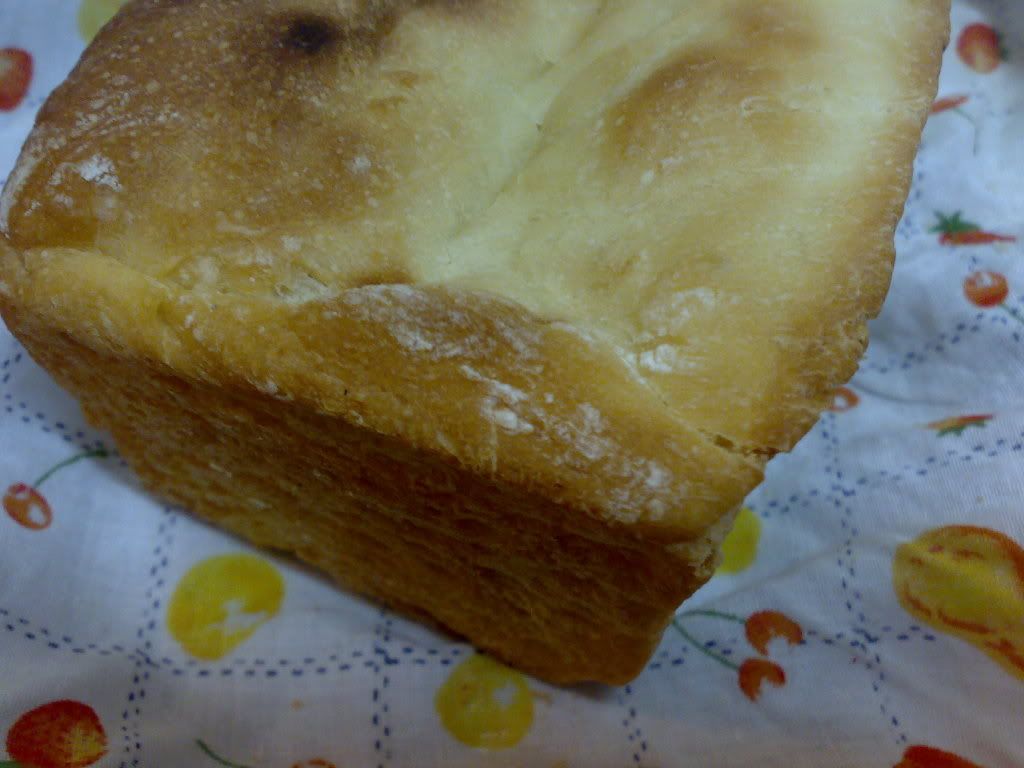
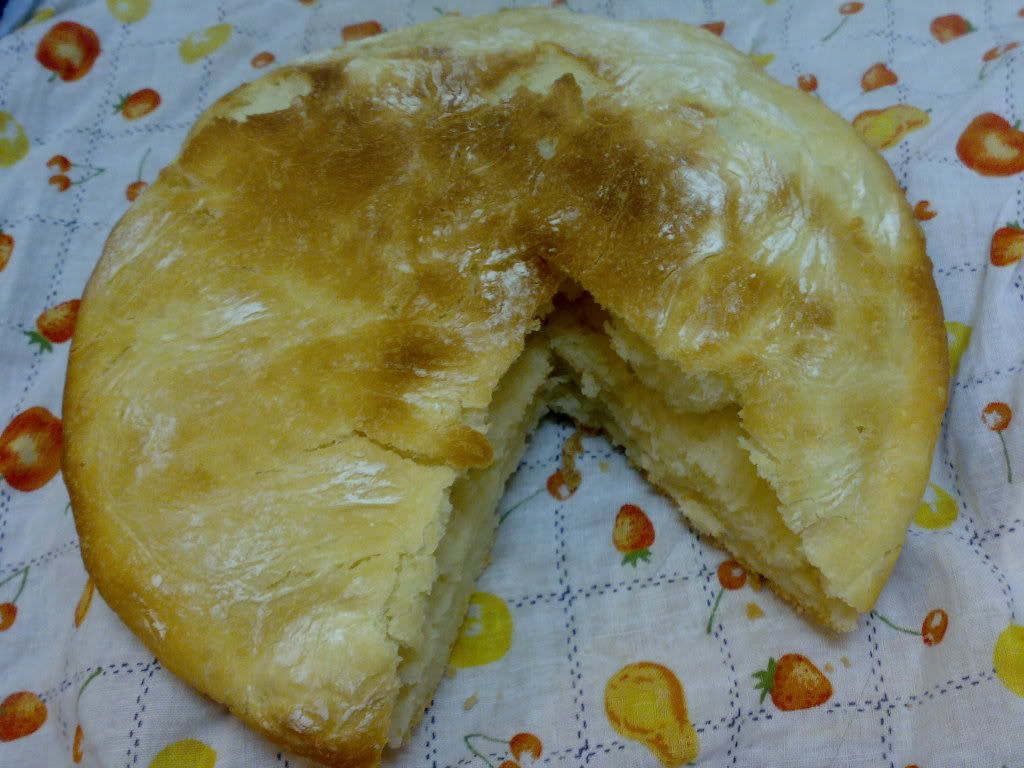
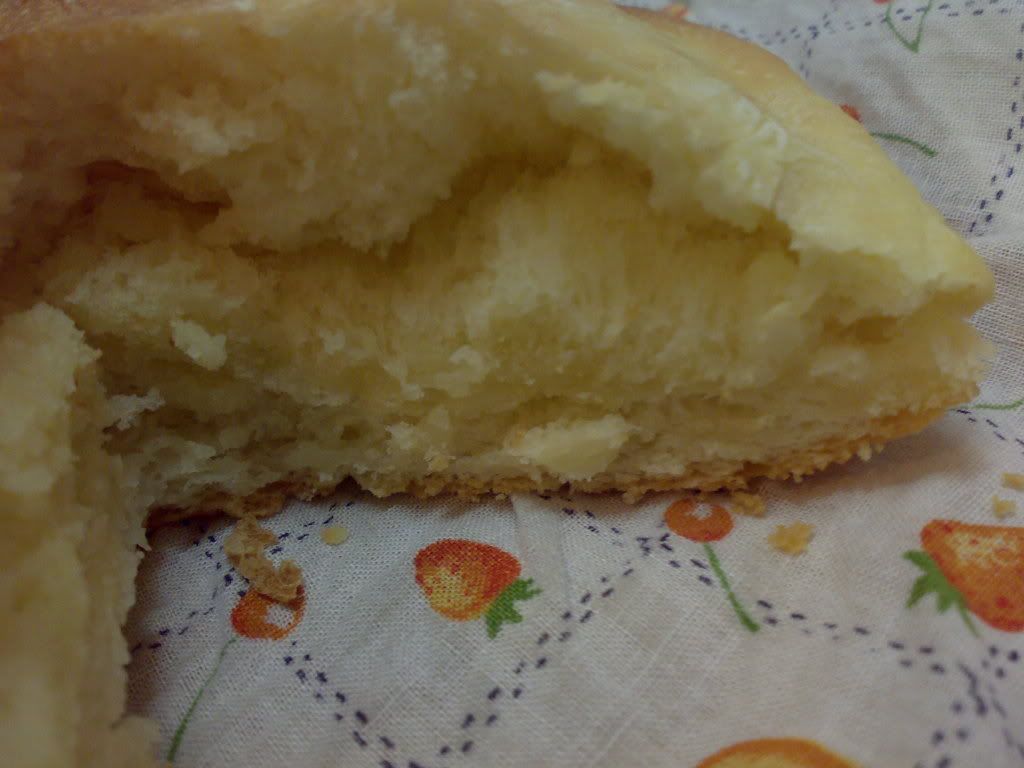
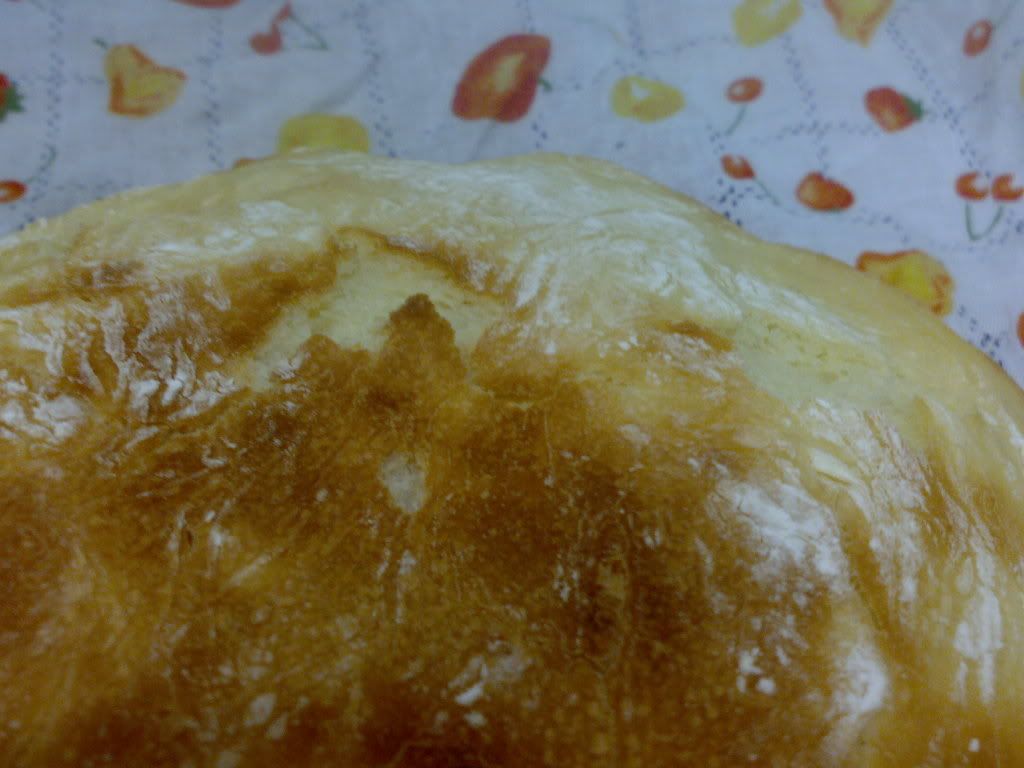
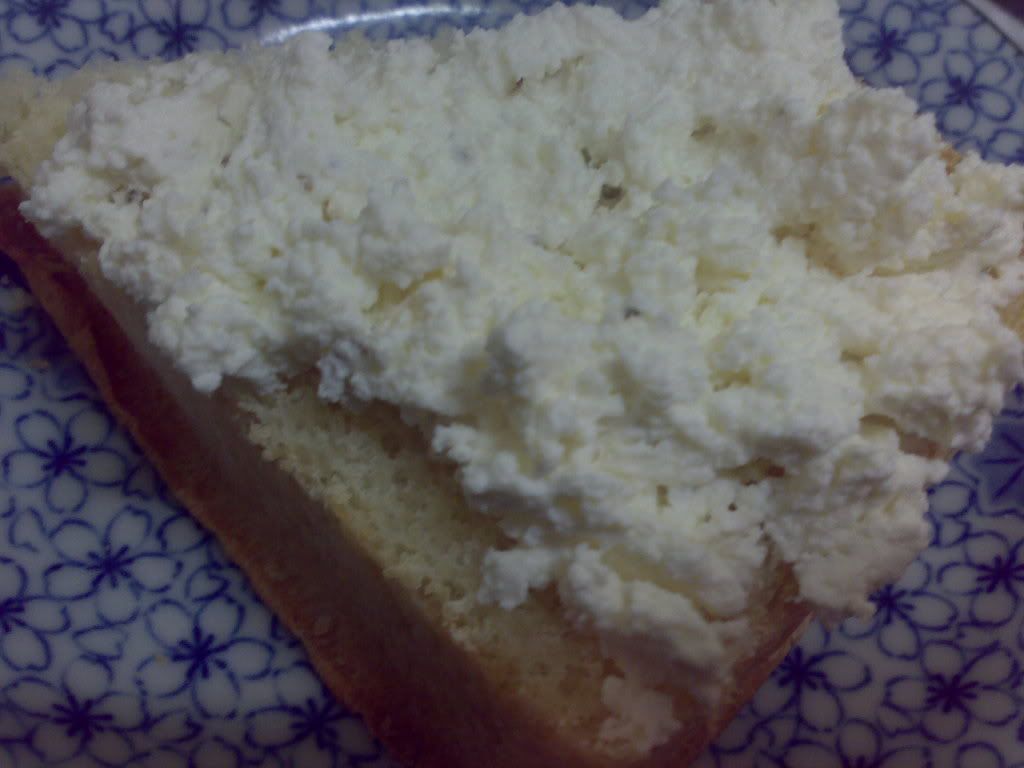
No comments:
Post a Comment